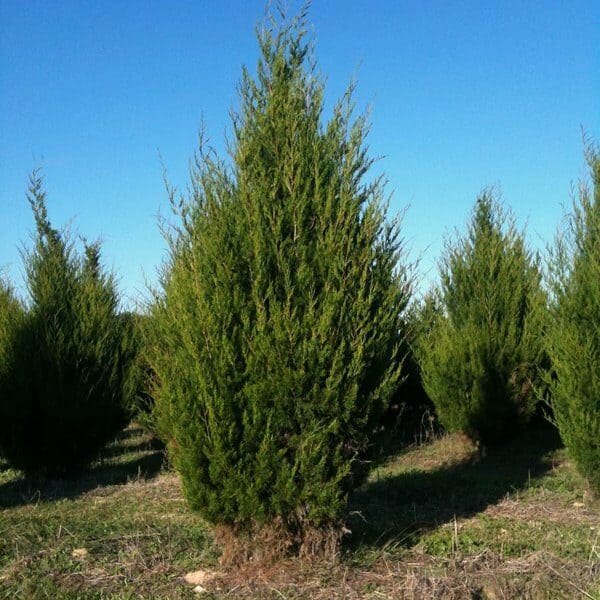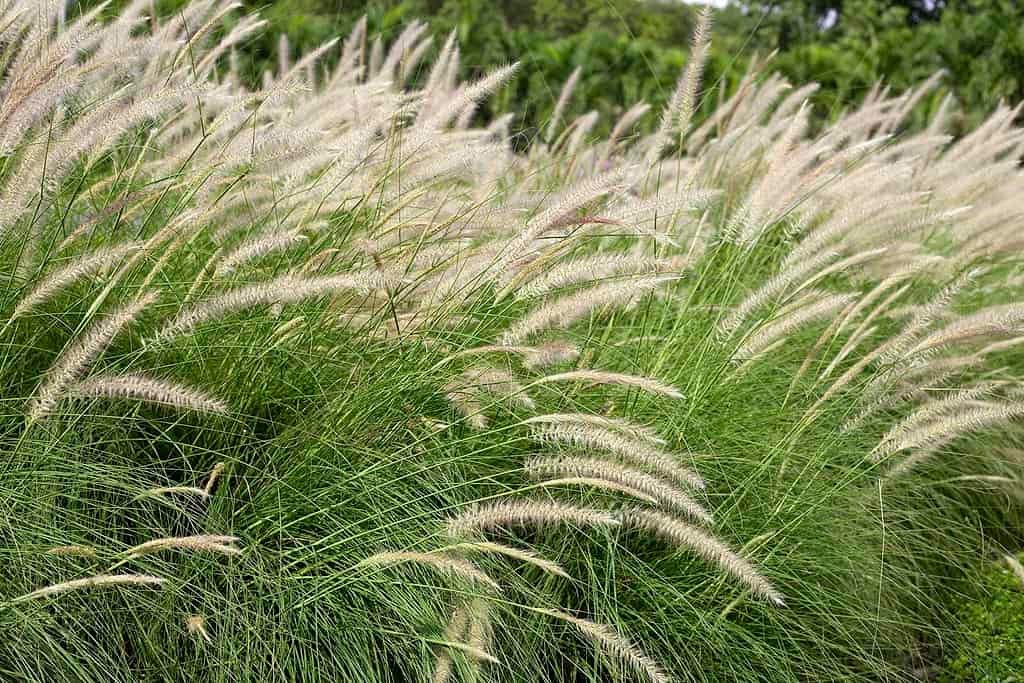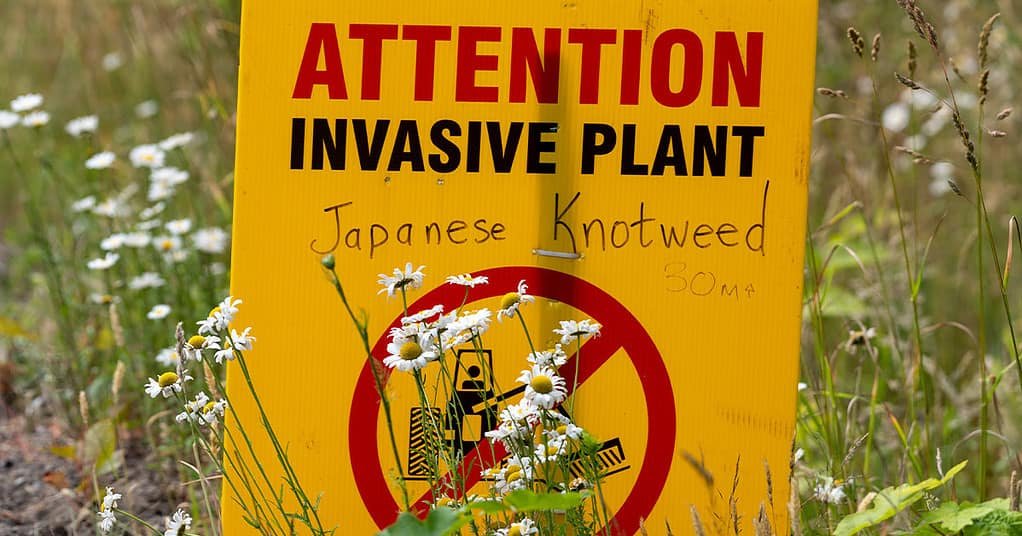Next time you go outside, look at the plants around you. Some may be native and have thrived in the area for many centuries. Others may be newer and cause more harm than good. Here’s what to know about invasive plant species and how they can damage your land.
Table Of Contents
What Is an Invasive Plant Species?
An invasive plant is not naturally grown in an ecosystem. You can often tell it’s invasive if it takes the place of or encroaches on a native plant. According to the United States Department of Agriculture (USDA), there are two criteria a species can meet to be considered invasive:
- It was introduced accidentally or purposefully to an ecosystem
- It is likely to cause environmental, economic or human health harm
It may not be invasive if a plant is nonnative to an area but does not interfere with naturally occurring flora. A weed that is native and compromises another plant may also not fall into this classification.
How Invasive Species Enter an Area?
An invasive plant species could enter a new ecosystem in many ways, including through animals or even the wind.
Many invasive species produce seeds that a bird, a gust of wind or a human shoe could carry long distances. Seeds entering a waterway could wash up in a different area.
These plants often grow on disturbed soil, creating a new root system that can spread several feet. Those roots can then smother native systems, destroying those plants. Some invaders have a defense mechanism in their roots or leaves — a chemical that prevents the attempted growth of native species.
An invasive species competes against native plants in the area. They can hang over them to take their sunlight and absorb the water and nutrients they need.
Impacts of Invading Plants

According to the USDA, 42% of the country’s endangered or threatened plant species are partly on those lists due to nonnative species. About 18% are on them solely because invasive plants took over their territory.
While the average person may not notice or care about a few missing trees or flowers, invading plants can significantly impact how humans and animals interact with the environment. Here are some ways invasive flora harms an ecosystem.
1. Decreases Plant Diversity
Plant diversity increases nutrient cycling, providing good soil for local farmers to grow their crops. Invasive species can hinder the development and growth of many native varieties, limiting the earth’s nutrients. This loss can harm the agricultural industry by slowing the growth of healthy crops.
2. Harms Local Wildlife
When an invasive plants takes over an area, it likely won’t have the nutrients to fuel local wildlife. The plants that native herbivores and omnivores rely on disappear, creating unhealthy competition between animals and causing endangerment. Native creatures play a role in maintaining an ecosystem, and reducing or eliminating them thanks to invasive plants can wreak havoc.
3. Increases Erosion
Invasive plant roots can severely damage soil and cause it to erode more easily. This makes it more shallow and difficult to work with, making the ground less navigable for people and animals. Eroded soil can also easily enter waterways, decreasing local water quality.
4. Affects Outdoor Activities
Whether you play outdoor sports, have a home garden or venture into the wilderness for a camping adventure, invasive plant species can harm your experience. Roots can grow through the land, making it harder to navigate. Diminished native edible plants and poor water can make exploration less authentic. Fishing can be more challenging, and nutrient-deprived soil can make it hard to keep produce alive.
5. Worsens Fire Risk
Invasive species can impact wildfires by making their paths less predictable and damaging more land. The flora can be easier to burn through, helping flames spread and endanger more humans and animals. Hardy trees and vines could also change a fire’s direction, affecting evacuation routes.
Common Invasive Plants List:
There are approximately 5,000 nonnative plant species in the United States. Here are some of the most common to look out for.
1. Easter Red Cedar

These trees kill off the grasslands throughout the central U.S. Eastern red cedars intercept 25%-60% of annual rainfall with their thick canopies. They spread across the country when land regulations reduced the amount of controlled burns.
2. Foxtail Grass

Also called “buffelgrass,” foxtail is a southern perennial. It first arrived from India and Africa in Texas. It takes over native grasses and keeps vital resources from animals.
3. Kudzu Vine

The U.S. Soil Conservation Service initially promoted this vine native to Japan to prevent erosion. However, that backfired, with roots destroying the surrounding land. It’s known as “the vine that ate the South.”
For more invasive plants in United States, you can check the list here
Managing Invasive Plants

There are ways to manage invasive species on your land to prevent damage and help native plants thrive. Doing so can protect you and all the life around you.
1. Provide Education
The first step to preventing and eliminating invasive species is knowing which plants are invaders and which are native. The National Invasive Species Information Center provides information about what to look for in your area.
2. Preserve Native Plants
Helping native plants thrive can keep invasive species from taking over. Adding peat moss or compost can help them stay healthy. Avoid adding fertilizer as it could fuel invaders — local flora shouldn’t need it. While native plants know how to survive in your climate, giving them extra water and protection during unexpected weather stretches can help them live.
3. Eliminate Invasive Species
- Saves Your Back: SOMOLUX 52" stand-up weed puller, that effortlessly uproots weeds without bending over or kneeling. Thus no more sore back or painful knees compared with ordinary weed remover. Ideal stand-up weeder for all gardeners.The best gift for the elderly, such as grandpa and so on.
- New Weed Puller: SOMOLUX's new design is an ergonomic weeding tool. just keep stand-up make the center over the weed and push the 4 claws into the soil. lean to the pedal side and pull out the weed and release the grass. 4 curved claws design works on all soil types, especially after a good rain or watering.
- Whole Body Made of High-Strength Metal Materials: This SOMOLUX weed-puller gardening tool is made from Stainless steel and a strong Metal long handle. Solved other brands' weeding claw and pole breakage problems, The installation is very simple and easy to use.
- Easy to Use 3 Steps: A: Center over the weeds; B: Step the pedal and push the 4 claws into the soil; C: Lean the handle to the pedal side and the weeds out. it's a good Gardening tool for lawns, yards, plants, or gardens.
Take measures to eliminate invasive species entering your land. Use equipment to remove trees and large plants. It may be best to consult with professionals before doing so. You can often kill smaller plants and vines by cutting their access to a central root system or using pesticides. If using chemicals to kill the plants, take precautions to protect the native species you wish to preserve.
Understanding Invasive Plant Species
Invasive plants can harm the ecosystems they don’t belong in. Knowing how they spread and how to manage them can prevent their devastating impacts on the land you love.









